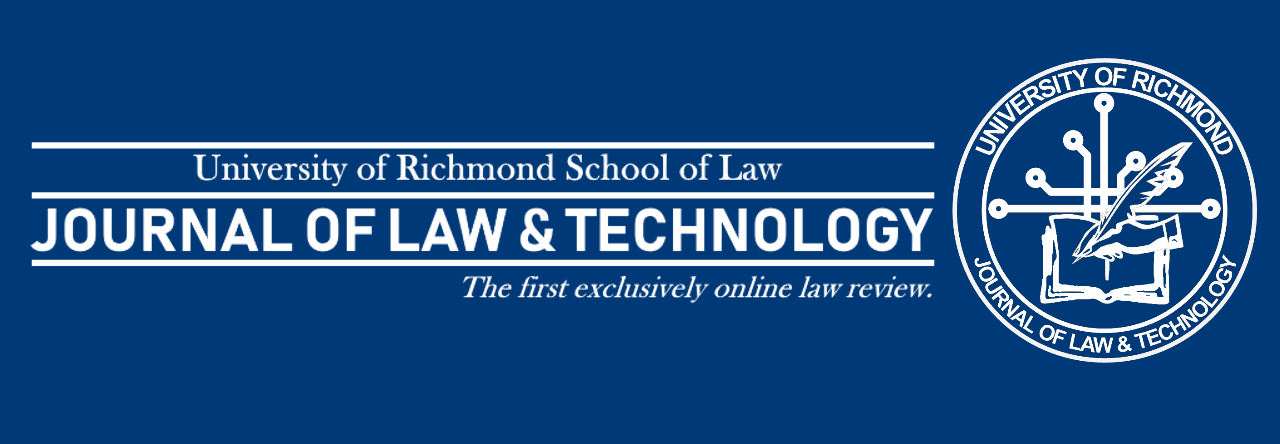By: Eric Richard

Machine learning is a complex concept. Depending on who you ask, you might get any number of answers. And depending even more on your level of familiarity with technology, you might not get any that make the concept seem any less complex or any more concise. However, at its most basic definition, machine learning is essentially the process of getting a computer to “learn” as a human does.[1] Now I know that there are many out there who would raise an objection to this over simplification, but for anybody outside the technology industry or lacking a degree in computer science, that is the easiest way to sum it up. Machine learning can be likened to the painstaking process of teaching an ignorant child what to do in certain situations in response to observations or real-world interactions.[2] The difference, maybe semi-obviously, is that a machine learns through algorithms as opposed to how a child might learn through negative or positive reinforcement.[3] The trickiest part in the process, needless to say, is exactly how to get a machine to learn.[4]
Once the how has been hurdled, the concern for law students might start to be a little clearer. In the words of Kai-Fu Lee, the former head of Google research in China, the “replacement is happening now.”[5] Routine office work is being done more and more by machines rather than people.[6] You know who does a lot of routine office work such as filing and research for law firms? Newly hired, fresh-out-of-law-school associates. While Lee and others feel that this replacement is akin to a white-collar-worker “doomsday scenario,” there are others who feel it might not be a bad thing.[7] With “low level” work delegated to machines, all attorneys, not just the fresh ones, will have more time for the more difficult work.[8] But how do we get to that point? How does a machine learn to do the work that, up until recent years, has required someone with years of scholastic and professional legal training?
The answer, quite humorously, might a game. A recent project between David Colarusso, director of Suffolk University Law School’s Legal Innovation and Technology (LIT) Lab, and the Stanford Legal Design Lab has attempted to solve the “how” of machine learning with a game born from legal questions posted by thousands of people on Reddit.[9] The game is simple enough. It involves presenting a fact pattern to the player with a question to follow.[10] The question usually consists of identifying what type of legal issue or segment of law can be spotted in the fact pattern.[11] The goal of the question and answer format is to allow a machine to learn how to “issue spot.”[12] If a machine is shown a sentence or a fact pattern with the words “wife” and “kids,” then odds are it is going to identify an issue associated with family law even though the concern might be for a speeding ticket instead.[13] Herein lies the problem with a machine attempting to issue spot on behalf of an attorney looking for precedent related to given fact pattern. The game, however, is the concern. With creative solutions such as a match-making game presenting a way for machines to become better at performing jobs traditionally reserved for fresh-out-of-school lawyers, the market and opportunity for current law students might be dwindling little by little every day.
[1] See Daniel Faggella, What is Machine Learning?, tech emergence (Oct. 29, 2018), https://www.techemergence.com/what-is-machine-learning/.
[2] See id.
[3] See id.
[4] See id.
[5] Will Knight, Is Technology About to Decimate White-Collar Work?, MIT Tech. Rev. (Nov. 6, 2017), https://www.technologyreview.com/s/609337/is-technology-about-to-decimate-white-collar-work/.
[6] See id.
[7] See id.
[8] See Bernard Marr, How AI Ans Machine Learning Are Transforming Law And The Legal Sector, Forbes (May 23, 2018), https://www.forbes.com/sites/bernardmarr/2018/05/23/how-ai-and-machine-learning-are-transforming-law-firms-and-the-legal-sector/#3475e1a532c3.
[9] See Jason Tashea, New game lets players train AI to spot legal issues, A.B.A. J. (Oct. 16, 2018), http://www.abajournal.com/news/article/new_game_lets_players_train_ai_and_close_the_justice_gap/?utm_source=maestro&utm_medium=email&utm_campaign=tech_monthly.
[10] See id.
[11] See id.
[12] See id.
[13] See id.
Image Source: https://www.thelawyer.com/clifford-chance-trials-video-game-test-trainee-applications-2/
